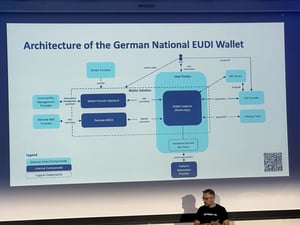EU announces new plans for the future of Digital ID
Last Thursday, June 3, The European Commission proposed a new digital identity scheme, coined the...
Read More



